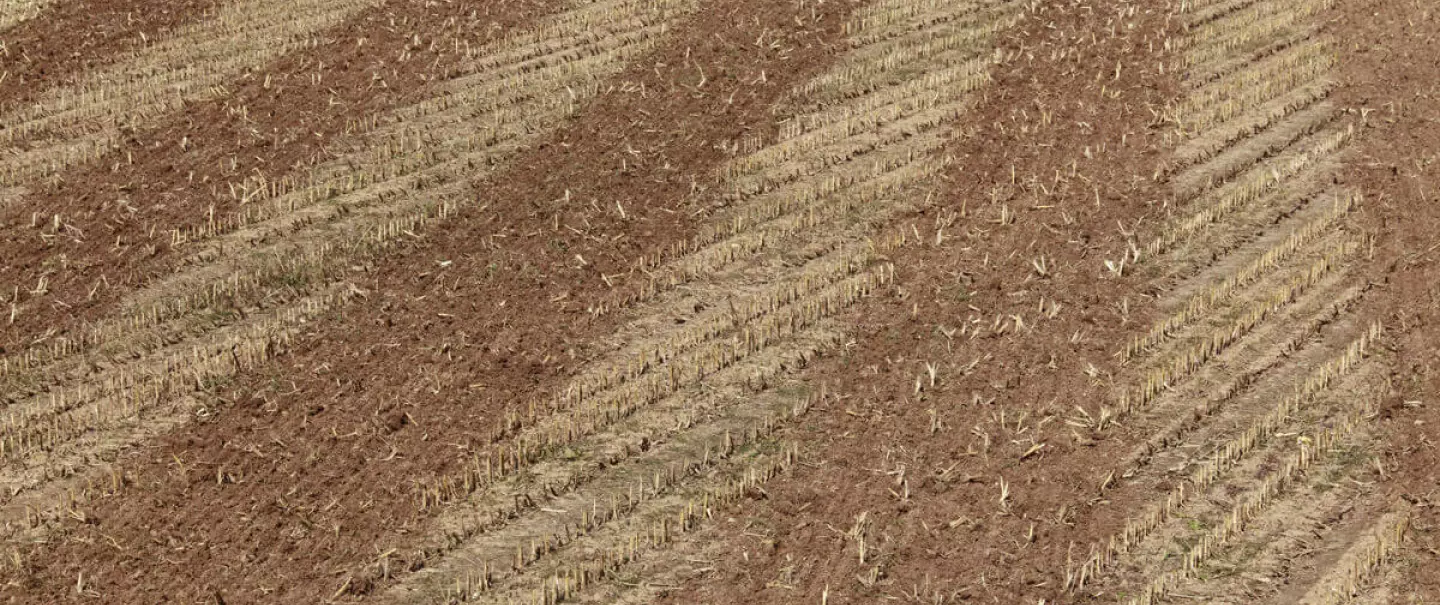
Types of minimum tillage
Minimum cultivation techniques, also known as Minimum Tillage Methods, are farming methods whose aim is to simplify and optimise crop management....
Min-till or reduced tillage is cultivating land using mechanical methods other than ploughing to reduce soil disturbance. The method has been growing in popularity and there are new machines designed specifically for min-till farming. KUHN offers a range of min-till equipment including industry leading min-till drills and cultivation equipment.
The use of heavy, fuel thirsty machinery to plough and establish land for a new crop can be significantly reduced by a min-till approach. This will reduce labour and fuel costs, operator time and greenhouse gas emissions from cultivation. Year on year these benefits will snowball, and many farms will be able to reinvest the money saved into new equipment to further benefit soil health. In simple terms, the less you disturb the soil, the greater these benefits are.
Min-till is defined by using shallower cultivations, only to a depth of 15cm and not turning over the soil. By limiting the number of cultivation passes, a min-till approach will enable the soil structure to improve. This combined with using lighter cultivation methods such as tines and discs rather than ploughs and power harrows can significantly improve soil health.
By improving soil health, reduced tillage can help crops establish quicker over time whilst reducing damage to soil structure. Not turning the soil over helps moisture retention, reduces the risk of surface runoff, and helps protect the land from flooding and drought.
Taking a min-till approach and adapting a farming system can help to keep nutrients in the soil. This will both improve soil health and reduce the need for fertiliser by keeping more organic matter in the soil and improving its quality. The knock-on benefit is that worms and other organisms, which help to improve the fertility and structure of soil, will be less affected by min-till farming. This will help to increase their numbers and regenerate the soil stock.
Min-till is suitable for most soils but works best on drier, more stable, and well-drained soils. It is harder to implement a min-till system on light soils which have a weaker structure. Reduced tillage is best for reseeding grassland and to establish common arable crops like cereals, oilseed rape (OSR) and cover crops.
It can also be used to establish crops like beans and sugar beet. Min-till can be combined with strip tillage, conservation agriculture or cover crops to improve soil health and crop yields.
Min-till is perfectly suited to soils prone to compaction, like very heavy clay soils. It can also be beneficial for light sandy soils to reduce water runoff. When preparing land using min-till, the aim is to not go deeper than 15cm or turn over the soil. It may be necessary to reduce soil compaction before starting a no-till or min-till system or during the rotation.
To improve weed control a light cultivation after harvest will create a stale seedbed. This will encourage weed germination and the weeds can be sprayed off prior to sowing.
After starting a min-till system, crop yields can sometimes decline during the first 3 years. However, yields normally recover as soil health improves.
Crop residues can retain nitrogen, which is needed in the soil to help crops grow. This can delay crops establishing in the short-term. Over time, microbes in the soil will adapt so nitrogen can be absorbed more effectively by the crop. This will help the crop to establish quicker.
Spreading chopped straw evenly across the field using a straw rake can help. It is also common to use a small amount of fertiliser on spring crops. It is not advised to use this on autumn crops because there is a higher risk of nutrients polluting water (leaching).
Weed, pest and disease control can be more challenging in a min-till system. It is possible to improve weed control by increasing the seed rate, rotating crops, using cover crops which will also improve the health of soil, and using non-selective herbicides before drilling.
A min-till system can reduce soil compaction, fuel consumption, operator time and the need for as much fertiliser. It also improves soil health by helping the soil structure to regenerate. However, the right machinery is crucial and using specially designed min-till cultivation equipment and drills is the only way to successfully manage a min-till system. For help and advice contact KUHN today.
KUHN can give on-farm advice and demonstrations to help you adapt to a min-till system. Our min-till drills and cultivation equipment have been designed specifically to help farms move to a min-till system. We offer mounted and trailed seed drills including the:

Minimum cultivation techniques, also known as Minimum Tillage Methods, are farming methods whose aim is to simplify and optimise crop management....

The main aim of these agricultural techniques is to improve the soil’s structure while reducing fuel costs. Minimum Tillage Methods are also considered to be soil preservation approaches because they ...
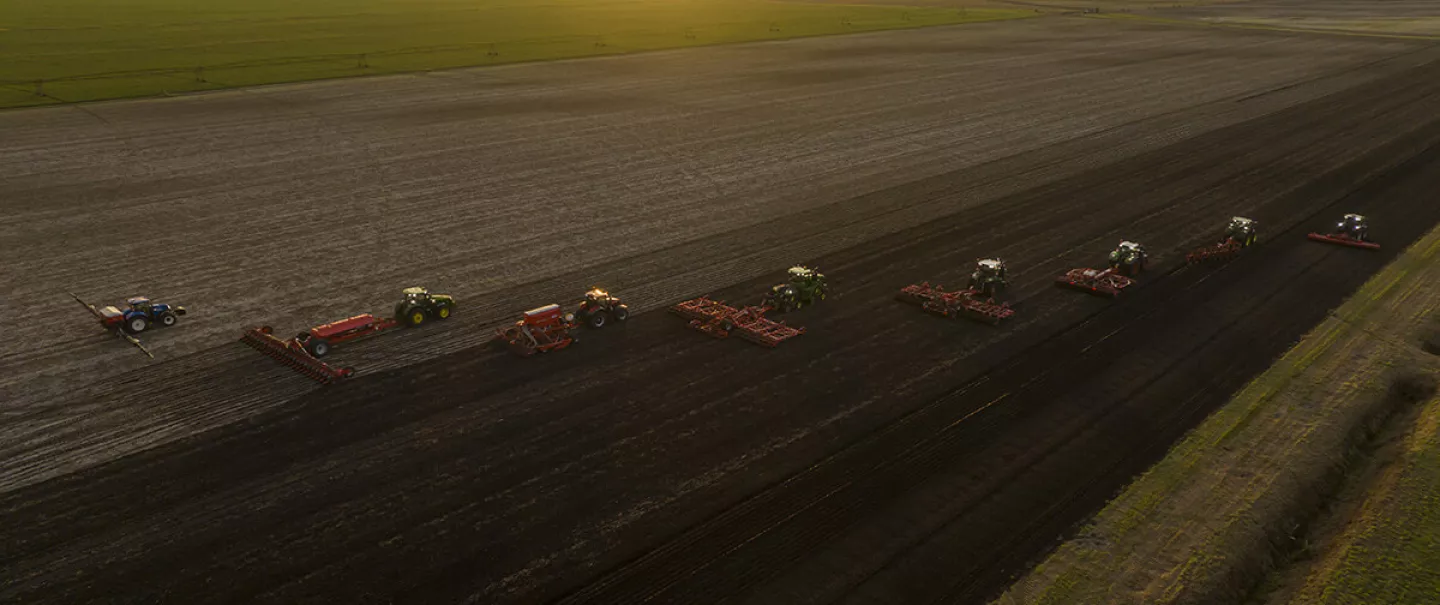
Minimum cultivation techniques include methods ranging from pseudo-ploughing to direct drilling and are mainly used with field and perennial crops. To reap the full benefits in the agrosystem, it is e...
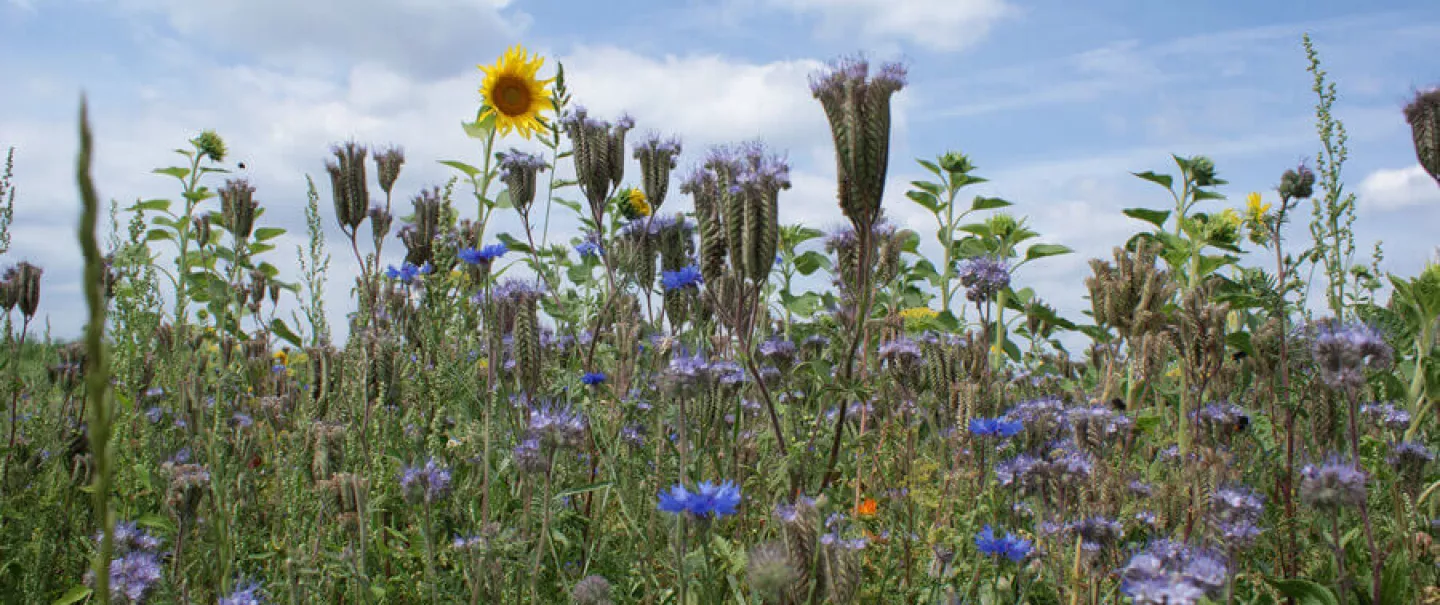
By preserving the structure of the soil, Min-Till methods contribute to improving the life of the soil and water management, as well as increasing biodiversity and carbon storage. However, all of thes...

By reducing tillage, Minimum Tillage Methods limit working time and power requirements. Minimum tillage techniques prepare the land for seeding without the plough, using shallow operating methods. Few...
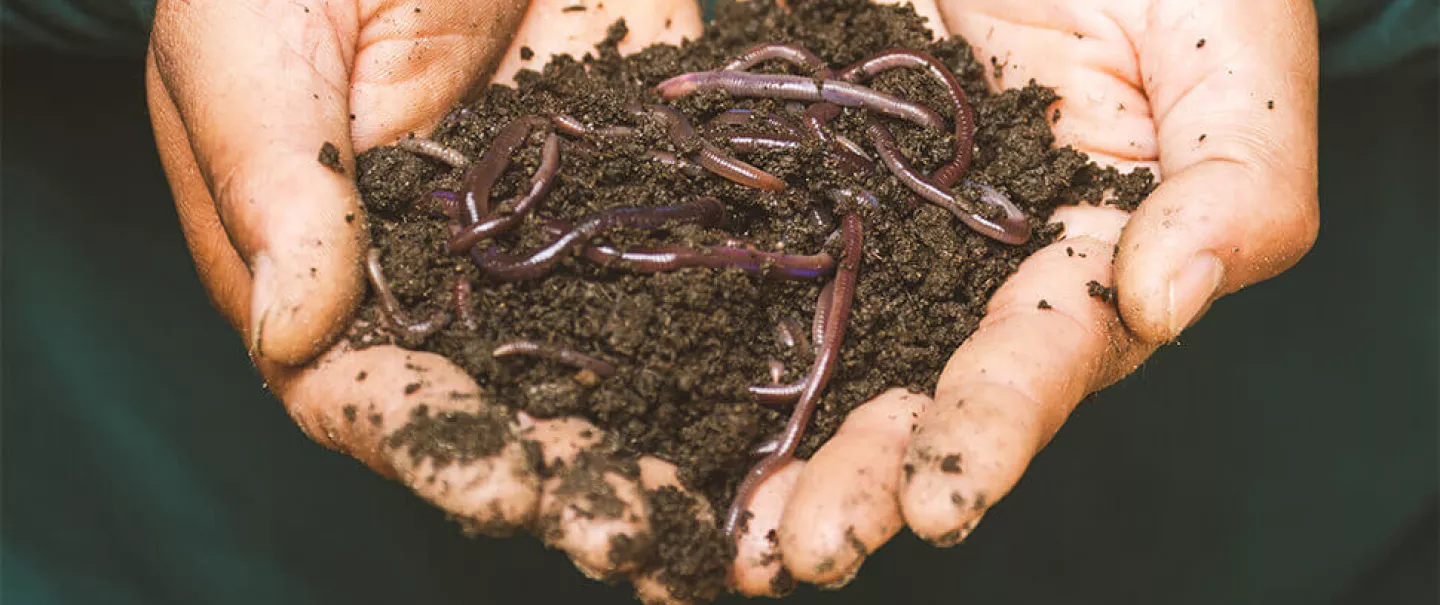
Soil is a complex environment. It has to be able to support abundant and diverse biological life in order to be resilient and provide crops with what they need....

No-plough crop management methods require adapting tillage and seeding tools to working in plant residues. What to choose between tines and discs? Minimum Tillage is an umbrella term that includes ma...
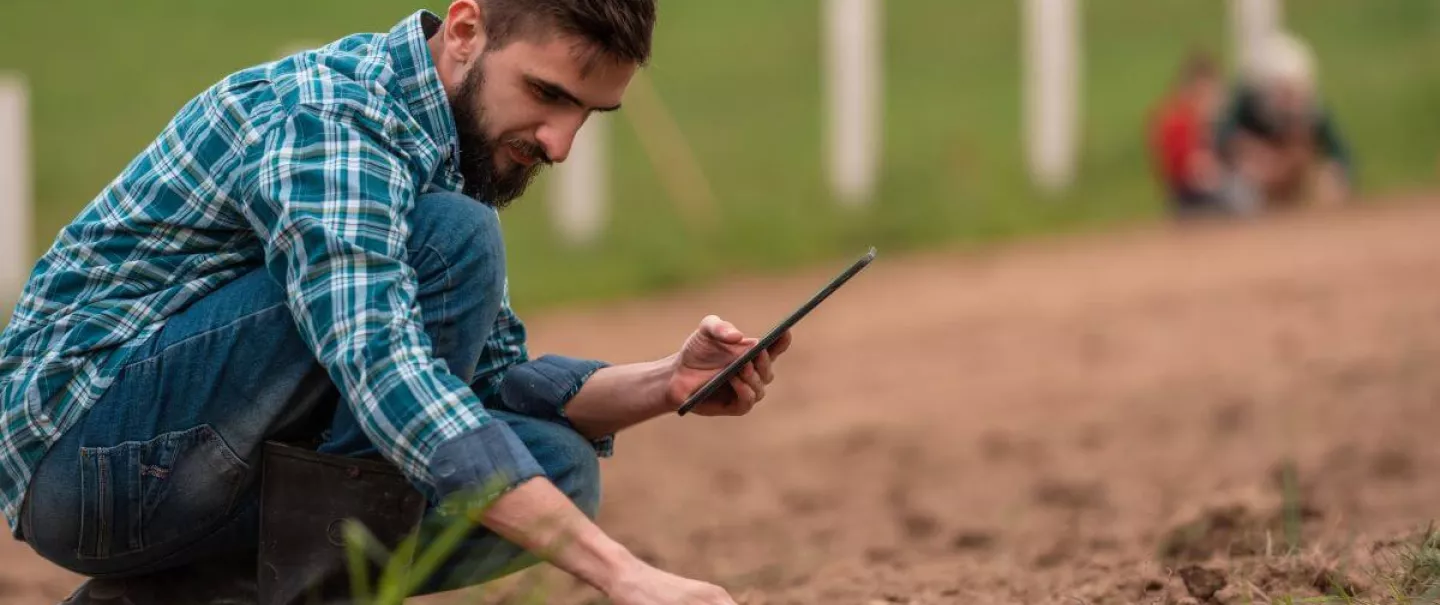
Without the plough, managing weeds is a real challenge in organic farming. However, choosing to work with Minimum Tillage Methods preserves the soil’s structure and microbial life. Minimum Tillage M...




